PLA, PBAT & Corn Starch
Discover the materials at work to replace plastics from the world!
What is PLA ?
PLA (Polylactic Acid) is a plant based, biodegradable material used to make biodegradable plastic bags. It is a bioplastic derived from fermented plant starch, sugarcane or cassavva. Because of its properties, PLA is used in packaging, 3D printing and medical devices as well.
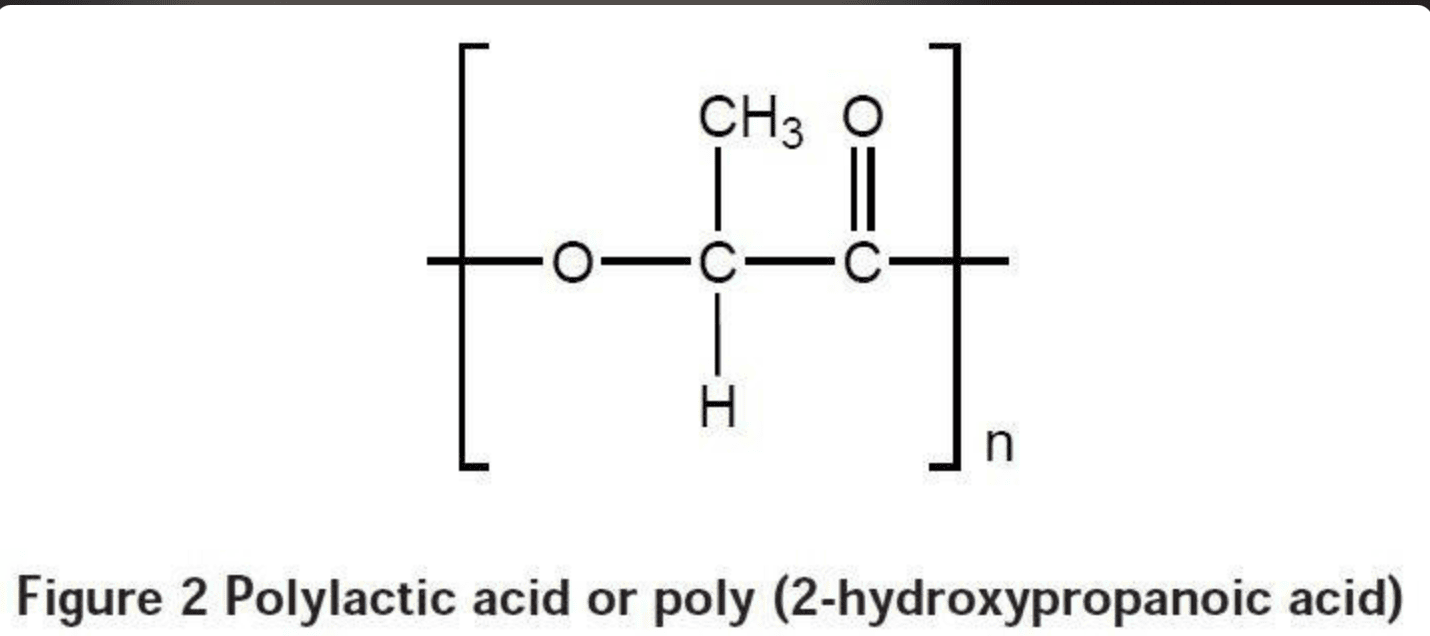
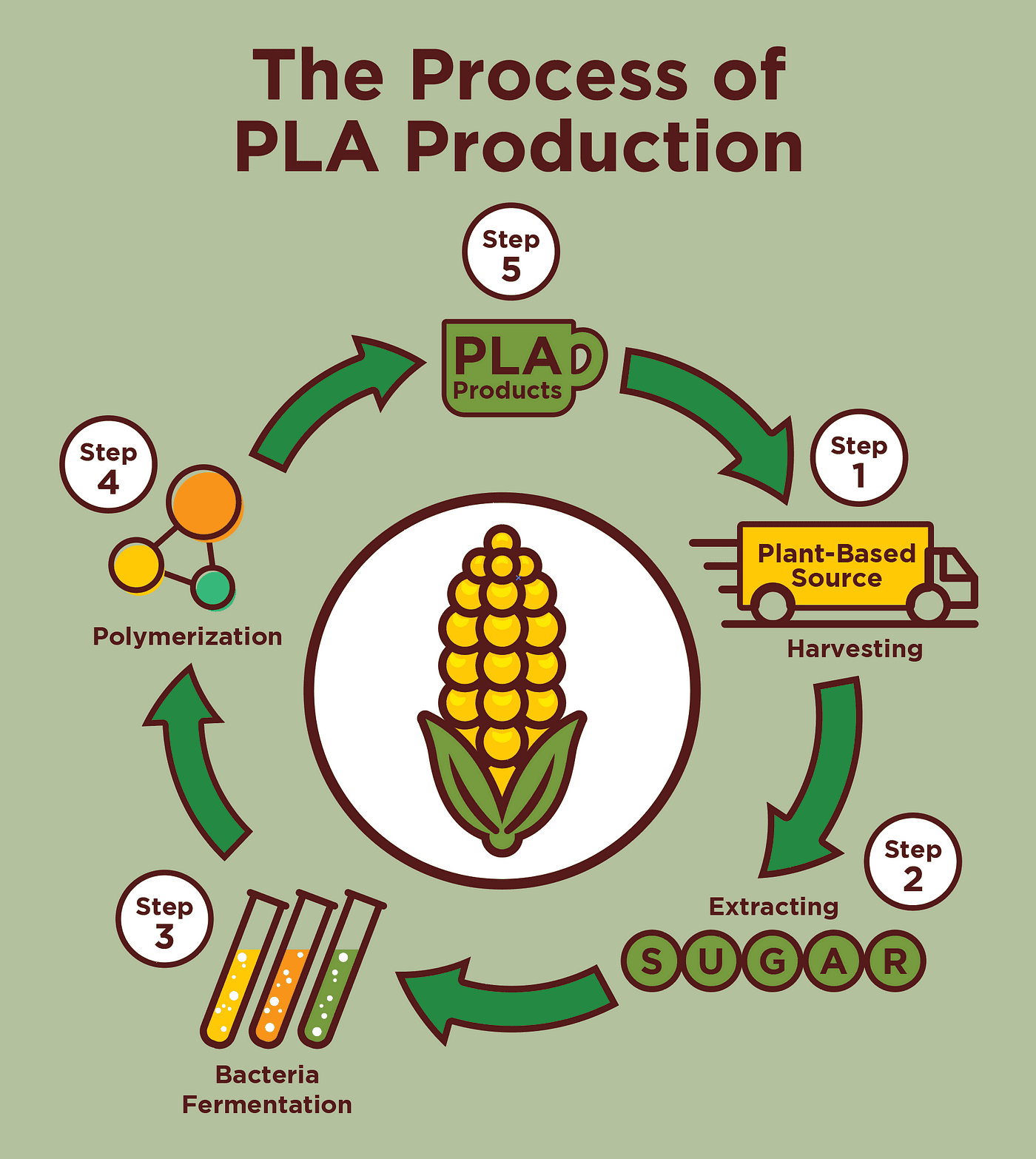
Low Toxicity
PLA can break down into water and carbon dioxide under industrial composting conditions.
Thermoplastic
It softens when heated, making it easy to mold and shape.
Transparent
PLA can be made clear, making it suitable for packaging.
What is PBAT ?
PBAT stands for Polybutylene Adipate Terephthalate. It is a type of biodegradable and compostable plastic, often used as an environmentally friendly alternative to traditional petroleum-based plastics. PBAT is designed to reduce plastic pollution by decomposing under industrial composting conditions. However, it still requires proper composting facilities to break down efficiently.
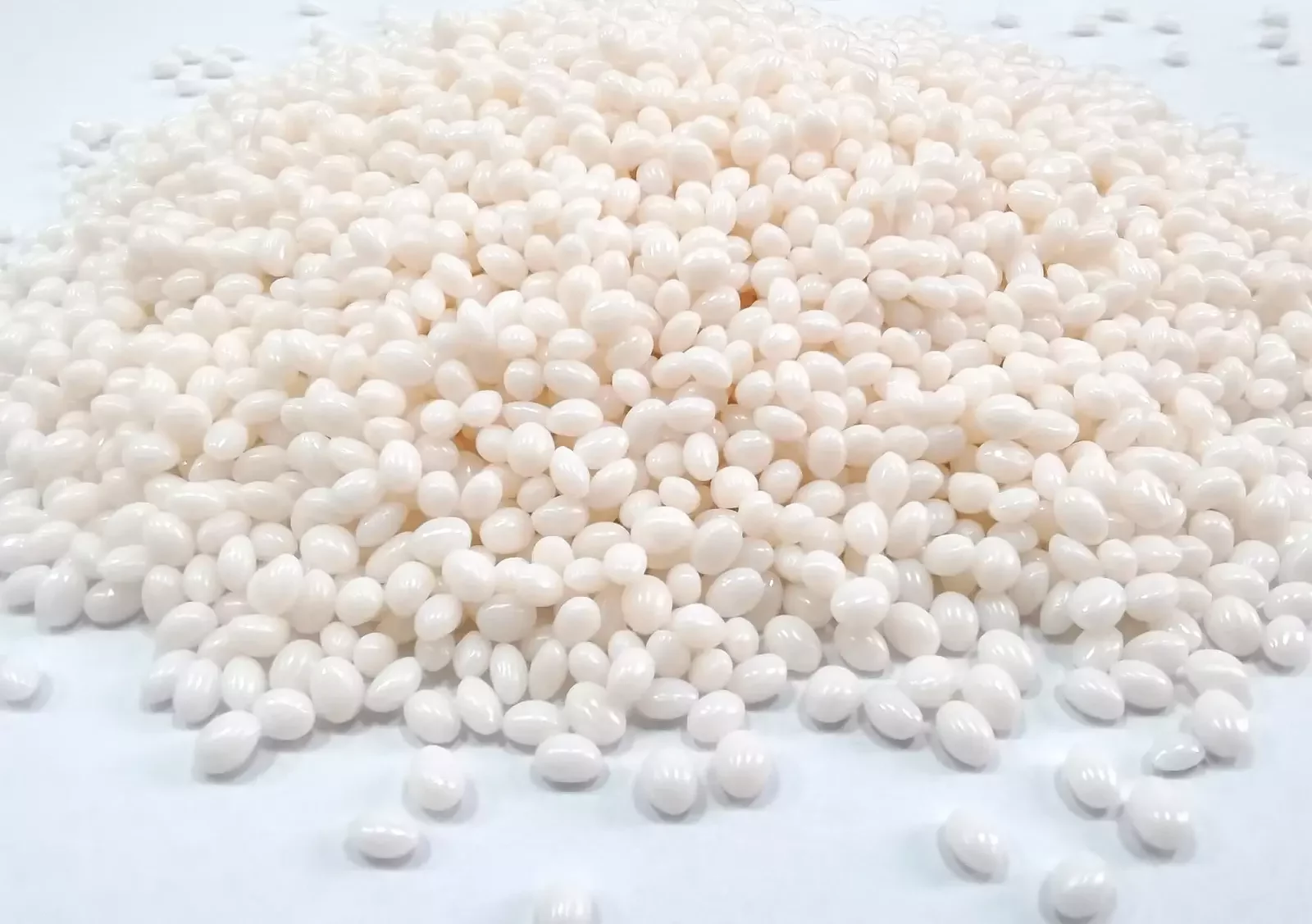
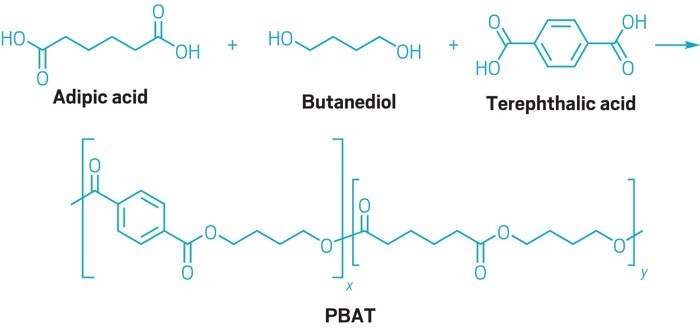
How is PBAT made ?
PBAT is made through a chemical process that involves Adipic Acid, 1,4 - Butanediol, and Terephthalic Acid. It goes through various processes while manufacturing. These process involve esterification, pollycondensation and pelletizing.
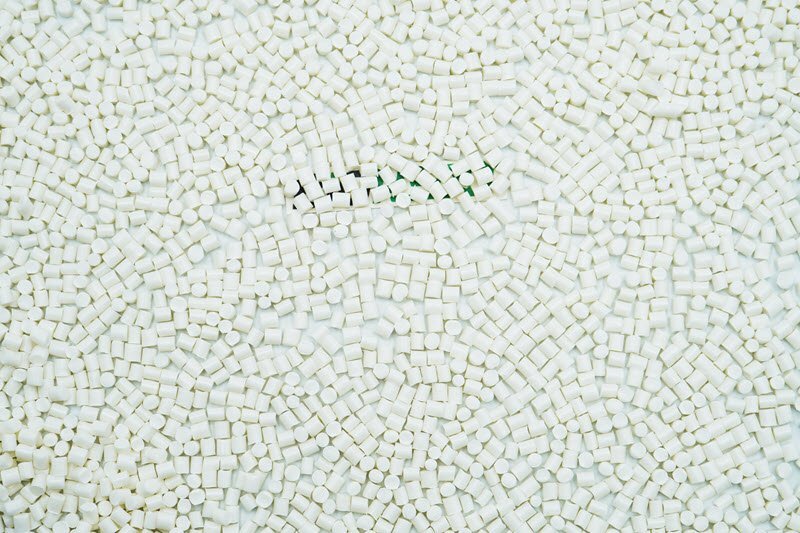
Biodegradable
PBAT can break down naturally in composting environments, making it suitable for single-use products like packaging, bags, and agricultural films.
Composition
It is a copolymer made from adipic acid, 1,4-butanediol, and terephthalic acid.
Flexibility
PBAT is flexible and tough, similar to low-density polyethylene (LDPE), which makes it useful for products that require stretch or flexibility.
Connect with us to go sustainable !
We will have all your packaging needs fulfilled !
